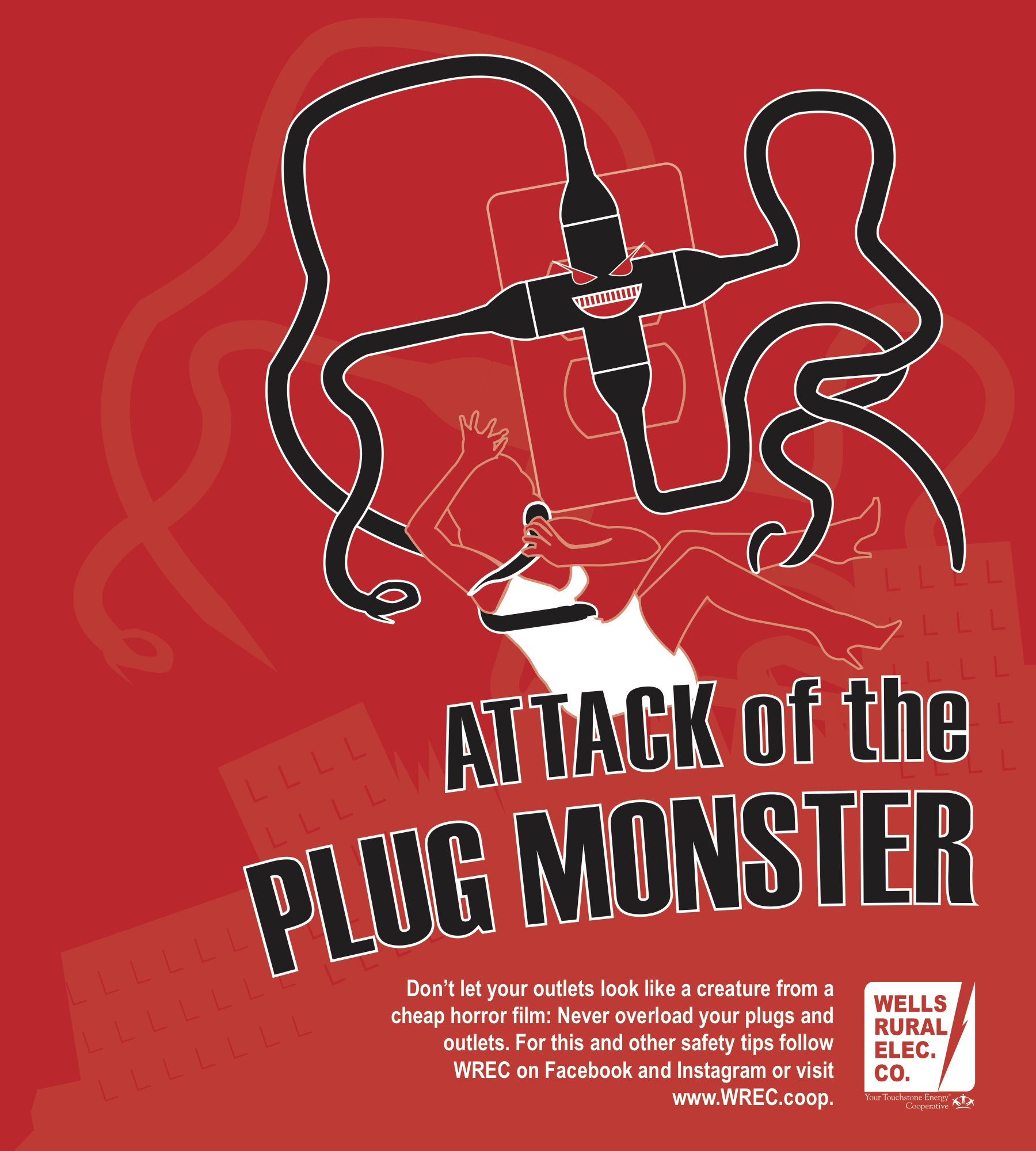The Revised NAFTA Must Protect New Drugs
By Charles Boustany

President Trump hopes to finalize changes to the North American Free Trade Agreement by early May. For months, he has urged his trade negotiators to rework the pact in a way that reduces America’s trade deficit.
To accomplish this goal, negotiators must ensure the new NAFTA enables America’s intellectual-property-dependent industries to thrive. These industries account for more than half of all U.S. exports.
The current NAFTA doesn’t adequately protect intellectual property. When NAFTA was first negotiated nearly 30 years ago, trade mostly revolved around goods such as steel or grain.
But today, countries export also export ideas and designs. Such “intellectual property” includes everything from the code for smartphone apps to the molecular structure of lifesaving medicines.
The United States is a veritable IP factory. In 2014, it exported $90 billion more IP-products than it imported. That’s the largest trade surplus of any category of exports.
Strong IP protections — such as patents, copyrights, and trademarks — make this trade surplus possible. These protections ensure that U.S. innovators can recoup their investments without being ripped off by copycats.
IP protections are particularly important in the biopharmaceutical industry. Drug companies face enormous up-front costs to develop and test their medicines. On average, innovative biopharmaceutical companies invest $2.6 billion and up to 15 years to research and develop a single medicine.
Once that first pill is approved by the FDA, the hard work is mostly over, but the risks mount as rivals look to expropriate the intellectual (and financial) capital that went into its development. If competitors — both companies and sometimes foreign governments — could immediately copy that pill formula and sell it as their own, they’d undercut U.S. innovators and put them out of business. Soon, no company would take the risk of investing in original research.
That’s why IP protections are so necessary. They hold copycats at bay for a number of years, enabling innovative companies to recoup their investments, reward investors, and fund future research in a very risky environment.
That research is producing some truly miraculous medicines. Consider “biologics.” These drugs, which are grown from living cells, have the potential to cure cancer and numerous other debilitating diseases.
American lawmakers, in an overwhelmingly bipartisan effort, have established necessary IP safeguards for biologics. Namely, they’ve granted these products 12 years of “data protection.” This protection prevents competitors from accessing an innovator’s clinical trial data for 12 years. It gives biopharmaceutical companies a chance to generate a return on their investments.
Thanks to strong protections for data and other IP, the United States has become a world-class producer of biologics. The FDA approved about 20 biologics in 2017 — including a gene therapy that can cure blindness with a single treatment. Hundreds of experimental biologics are currently in clinical trials.
Patients benefit from this research — and so do American workers. The U.S. biopharmaceutical industry supports nearly 4.8 million jobs and contributes more than $1.3 trillion to the economy.
Without proper IP protections in trade deals, all of this progress and economic potential is at risk. If Canada and Mexico don’t agree to abide by 12 years of data protection, their firms could copy the work of our researchers. That would make it harder for innovators to recoup their investments and pursue new lines of research.
Including stronger IP protections in the updated NAFTA would shrink the trade deficit, create more American jobs, and spur additional research into lifesaving drugs.
Charles Boustany is a retired physician and former congressman from Louisiana.




